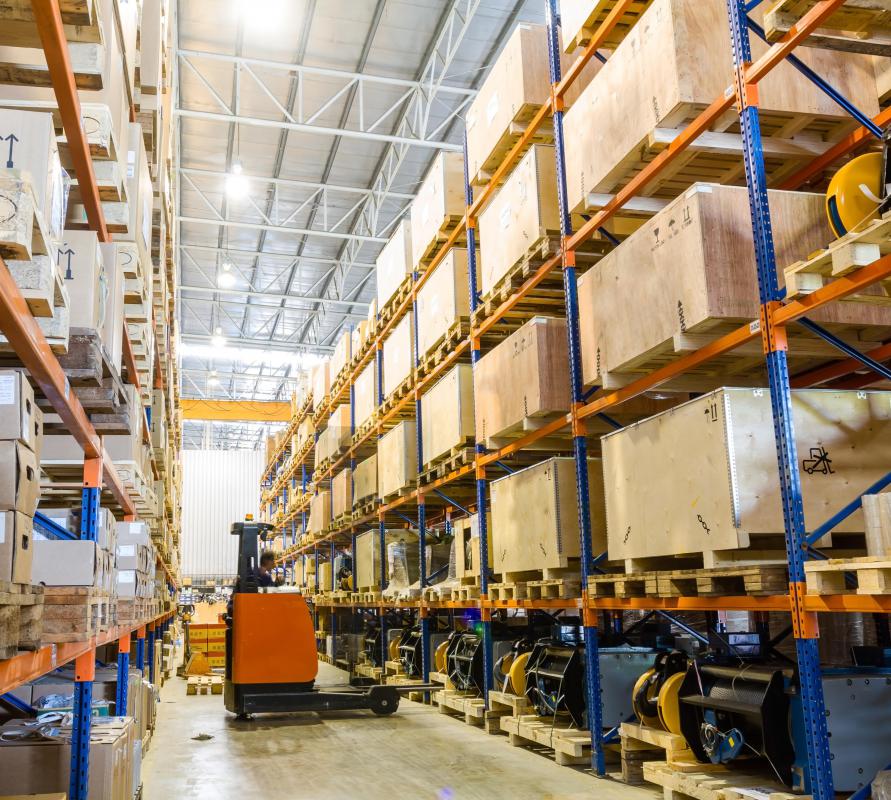At SmartCapitalMind, we're committed to delivering accurate, trustworthy information. Our expert-authored content is rigorously fact-checked and sourced from credible authorities. Discover how we uphold the highest standards in providing you with reliable knowledge.
What is Inventory Flow?
Inventory flow represents the system companies use to move consumer products or raw materials through the company. Manufacturers, restaurants, retail stores, distribution centers and grocery stores are just a few examples of companies that have inventory flow. These companies often develop a set of procedures to consistently use when managing inventory. Business owners and operational managers are usually responsible for designing the inventory system. Larger business organizations usually have a more intense inventory management process due to the size and scope of their business operations.
Inventory flow begins with purchasing raw materials or consumer products from a supplier. Manufacturing companies often need raw materials to produce valuable consumer products. Raw materials include natural resources such as timber, land and minerals. Most manufacturers produce consumer products and ship these items to distributors. Distributors receive inventory products and hold them in anticipation for retail store orders. Most retailers begin their inventory management process by ordering goods from distributors. Accounting plays an important role in the company’s inventory management system.

Inventory flow directly relates to the company’s accounting procedures. Companies can choose to value their inventory using a first in, first out (FIFO); last in, first out (LIFO); or weighted average method. Companies use the FIFO method when they sell the first inventory received in the inventory management system. Under this method, companies consistently receive inventory and add the inventory into a single financial account in their general ledger. The oldest inventory is sold first under the FIFO system. LIFO is the opposite of a FIFO inventory system. The newest inventory is sold first under a LIFO valuation system.

The weighted average method does not require companies to maintain a specific valuation method for the inventory flow system. As companies purchase more raw materials or consumer products, the entire inventory cost is recalculated. The total cost of an individual product is divided by the total number of items currently in the inventory system. This creates a new average cost for raw materials or consumer products.

As companies sell through their inventory, the need for more consumer goods and products increases. Companies may use a manual or automated system for reordering inventory. Manual systems usually require business owners or managers to review inventory flow for individual products and place orders from distributors or manufactures. This process can be lengthy and typically involves the use of several paper books or ledgers. Automated inventory flow systems allow companies to electronically transfer information to distributors and manufacturers requesting additional inventories. Automated systems cut down on the lead time companies need to replenish current inventory stock. Companies can also use automated business systems to improve their inventory management process.
AS FEATURED ON:
AS FEATURED ON:
















Discuss this Article
Post your comments